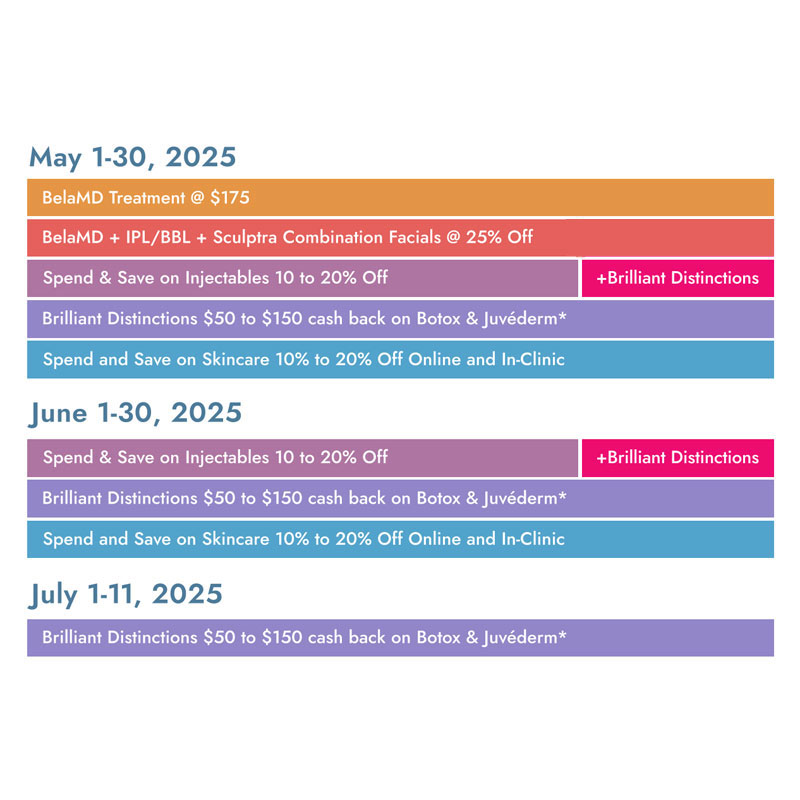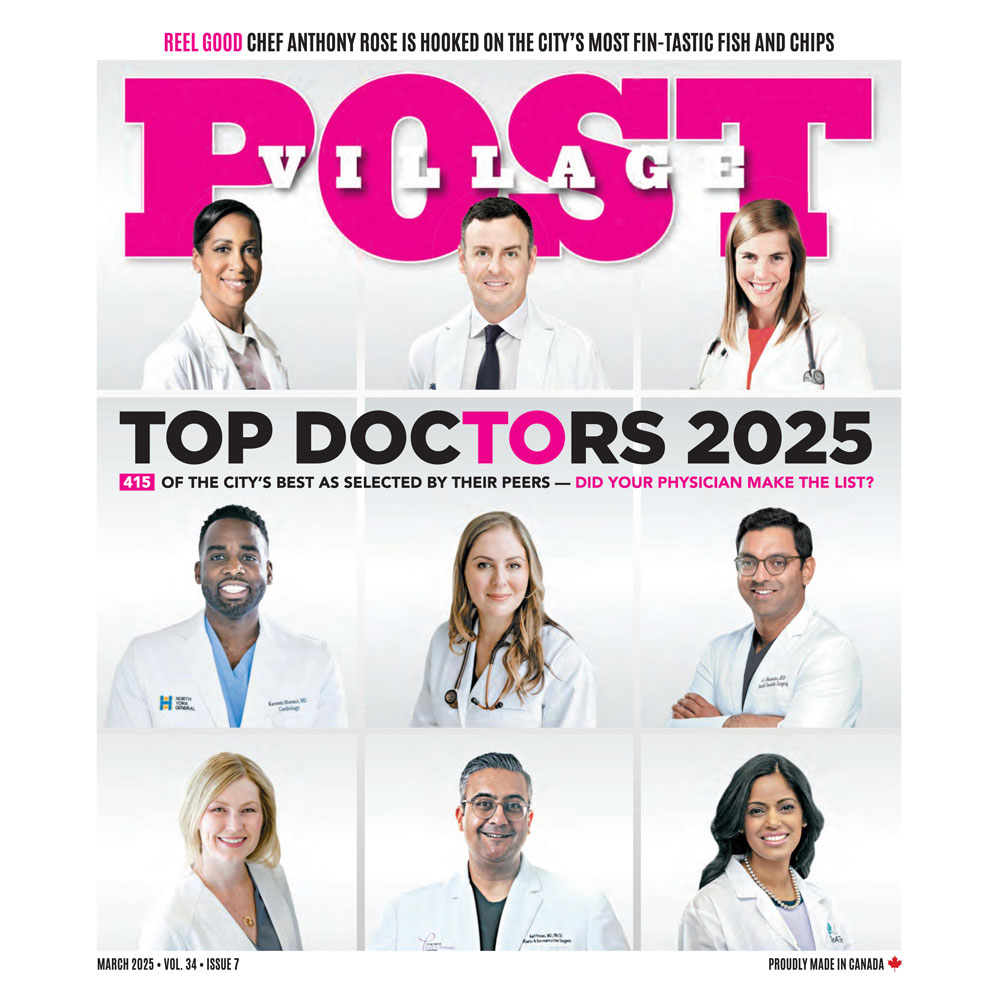“Take Two”
TORONTO – Although some complications of breast augmentation are best addressed through prevention, others can be corrected through careful use of revision procedures such as creating a neosubpectoral pocket In cases involving implant malpositioning, says one Toronto surgeon.
“Revising unsatisfactory breast augmentation is always about going back to basic principles,” says Mitchell H. Brown, M.D., associate professor of surgery, director of the plastic and reconstructive surgery training program, University of Toronto. For starters, he says, “The best ‘revision’ is no revision – trying to prevent problems in the first place.” Other basic principles include proper patient and implant selection and doing one’s utmost to prevent postsurgical complications, he says.
“Select patients who are healthy, are good candidates for surgery and don’t have risks for wound-healing complications,” he says. He also advises choosing patients with realistic expectations and requests. “They’re looking for outcomes that match their body and what their body will allow in terms of tissue coverage.”
In this regard, “Very common mistakes include selecting implants that are too large for the patient,” Dr. Brown says. “Implants that are too large are more likely to increase stretch of the tissue and create rippling, palpability of the implant edges, malposition and asymmetry. Small implants can yield small problems; big implants can yield big problems.”
Some re-operations in elective breast surgery stem from patient dissatisfaction, Dr. Brown says. “Sometimes they’re dissatisfied because you didn’t give them what they expected, because you didn’t understand what they expected,” he says. “Size change would be a good example. patient requesting a different implant size postoperatively demonstrates a failure of communication between me and my patient.”
Dr. Brown says he tries to avoid these problems by taking a very careful history, understanding what his patient’s expectations are, doing a physical examination and then going through a significant education process to help patients understand why and how one selects implants.
“There’s no other medical device in the human body that a surgeon would insert without appropriate attention to the anatomy in which they’re inserting it,” he says, adding that patients also need to know up front what’s expected of them in terms of caring for their breasts and breast implants postsurgically.
In some cases, though, “No matter what you try to do, there will be times where complications and problems arise” that make revision necessary. Along with size changes, common examples include capsular contracture (CC) and implant malposition, he says.
Implant Malposition
“Implant malposition can occur in one of multiple directions – superior (too high); inferior (too low), which we frequently call a double bubble deformity; lateral; or medial, with the implant coming across the breast bone (symmastia). Or it can be a combination of several of those directions,” Dr. Brown says.
Whatever the direction of the defect, says Dr. Brown, “Implant malposition is a problem of the implant pocket – it’s too big, too small or in the wrong place.” He says that his approach in this area is either to adjust the existing pocket or remove the implant from the existing pocket and make a new pocket. “If the problem is with the pocket, you either have to fix the pocket or change the pocket,” he says.
In the latter area, he says that if the implant was placed on top of the pectoral muscle, “One might remove it from there and place it under the muscle, or vice versa. But commonly, the implant is already under the muscle, and there’s inadequate tissue to consider putting the implant on top of the muscle.”
In such cases, Dr. Brown suggests creating a neosubpectoral pocket. This involves leaving the implant under the muscle but making a new space between the old pocket and the muscle. More specifically, “Remove the implant from the old pocket and let that pocket collapse upon itself,” he says. “Then place the implant on top of that old pocket, but still underneath the muscle. The neosubpectoral pocket is a very powerful procedure that allows you to create the new space exactly to the desired dimensions but still maintain good coverage of the implant underneath the muscle.”
To adjust an existing pocket, “There are a variety of options,” Dr. Brown says. “If the pocket is too inferior, one might cut away the portion of the pocket that’s too low, push the implant up and suture the pocket closed in that area.”
Conversely, fixing such a problem with capsular flaps involves incising the capsule, lifting up the excess portion and draping or tightening it, according to Dr. Brown.
“You could even try to adjust the pocket by adding material like an acellular dermal matrix, which is now commonly used in both reconstructive and revision breast surgery,” he says. “It’s essentially synthetic skin that can be placed inside the pocket to act like a scaffold to re-suspend the implant” in the desired location.
Products of this type used most commonly in North America include AlioDerm Regenerative Tissue Matrix (cadaveric dermis, LifeCelll and Strattice Reconstructive Tissue Matrix (porcine dermis, LifeCell), Dr. Brown says.
Preventing CC
As for capsular contracture (CC), “CC can only be discussed in the context of prevention,” Dr. Brown says. “Once it occurs, it’s very hard to treat.” Although the actual cause of CC is not fully understood, many experts believe that generally, “It’s related to minor subclinical infection or the formation of biofilm on the implant surface,” he says.
Preventing CC demands doing everything possible to decrease contamination within the pocket when an implant is being inserted, Dr. Brown says. This could include avoiding incisions around the nipple or shielding the nipple during surgery so that no bacteria can exit into the surgical field. Similarly, he says that using very precise surgical dissection minimizes the amount of blood in the pocket.
Giving the patient prophylactic antibiotics and antibiotic irrigation during surgery also can help, Dr. Brown says. By the same token, he suggests considering the use of insertion sleeves that can revent the implant from touching the patient’s skin during the procedure, or using other devices that minimize or eliminate manual manipulation of the implant.














